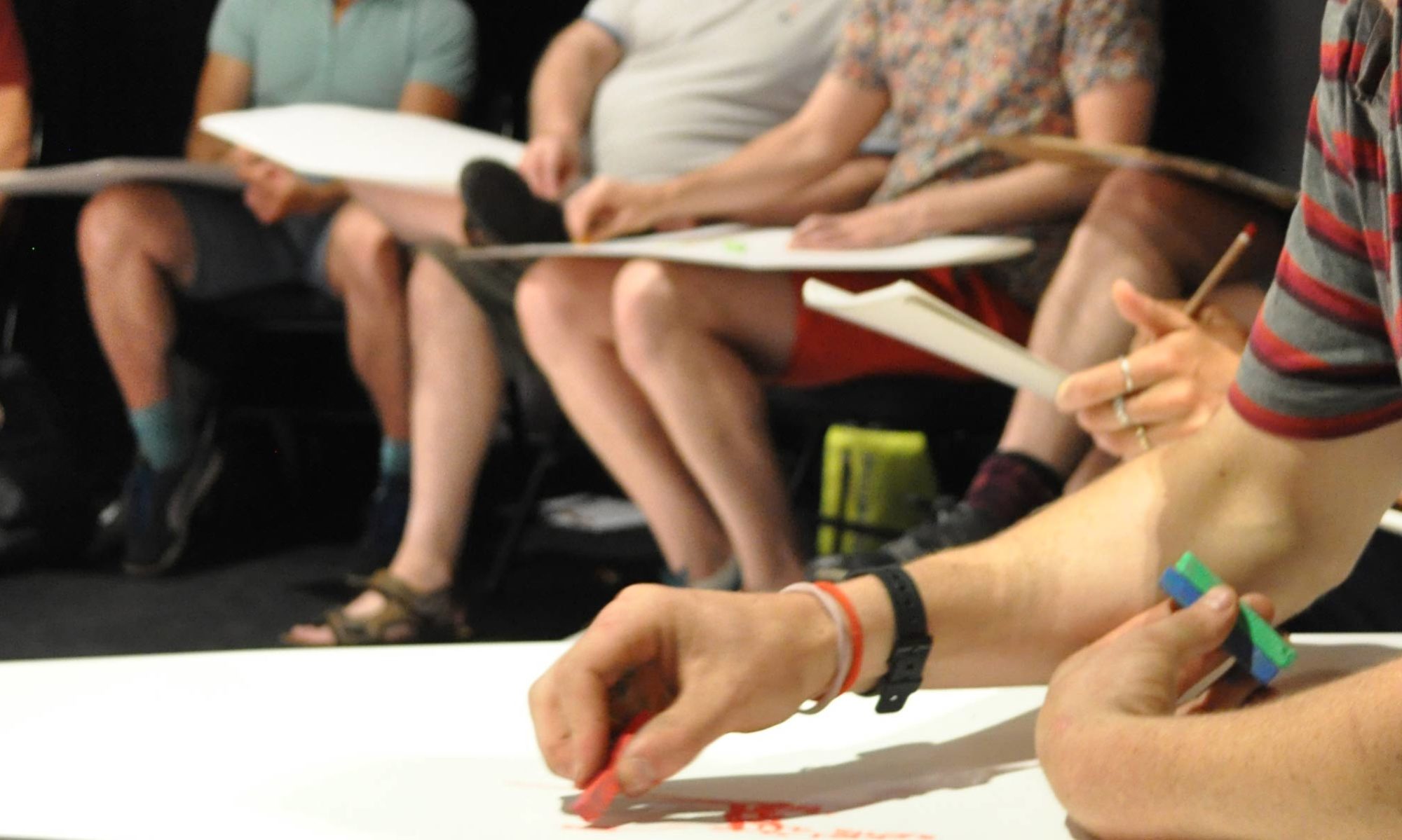INTERVIEW
BAREBACK MUSEUM
How would you describe your work to someone who hasn’t seen it?
I don’t want to move forward without everyone else moving forward.
My work has always been politically motivated as activism through the
frustrations of our current organisational structures. I’m one in the
community. It annoys me that there is such exclusivity not only in public
space but also in areas which look public – even most of the roads in
London are privately owned and this University space is essentially private.
This problem is fundamental to the commercial art industry and the
politicization of this situation is reflected in our art funding schemes,
Trusts are private and Government Art Funding is not. The Benthamites in
the 1830’s suggested in the House of Commons to ban portraiture and
landscape at public art schools. It is very important to understand our
position in museology.
Bareback Museum was a project you initiated as a student at Chelsea.
Can you tell us how this started?
It started as The Precariat; changed to ‘Bareback the Precariat’ relating
to my sexual health at the time and my anger of organisational
structures of power; and then empowering a temporary space which could
be devised and taken apart, became ‘The Bareback the Precariat Museum’.
This was my MA show at Chelsea, which became developed into a live art and
life drawing performance workshop. Nudity was important to establish
for me as it related to histories of the art institution and to cleansing
of the organised public space.
I remember you making the association with a dark room, or toilet
cubicle. It seemed to trigger something off inside of you.
I made a painting called ‘Foucault’s Hospital’ in 2012 about a museum’s
relationship with its audience. The museum was Foucault’s Hospital and I
painted it as a portaloo. It was my attempt years ago to understand the
multiplicity of services. A ghostly figure, who emphasises the loss of
humanity and culture, stands in front and holds a spear which turns into a
river. It holds out a hand to the ‘poor cousin’ (post-critical
museology) with relation to race and power paradigms in Western, Christian
museums. I performed with this painting at Bethnal Green Working
Men’s club – a friend sat in a 2-man tent with a painting easel sticking
out of the top like a crucifix. I dressed in a long coat like Joseph Beuys
and titled the exhibition: “I am a Museum – are you?”
I think it’s a difficult space that comes with a whole new set of
problems and limitations not just architecturally but contextually too
(Side Room is currently housed within an art institution).
The concept of the Dark room as the Side Room helps to discuss the
sexual censorship of the languages of intimacy. Since identities,
sexuality and gender are more open and inclusive within the University,
there is an opportunity to support the Side Room as an intervention but
also as a museum. A museum helps to shift the politicized environment and
start to decisively break down the dominant voices into investigation.
Since the dark room is a male dominated space in history, I feel that this
male dominance can also be broken down within the museology but at
the same time retaining a cruising environment. My question is then, how
do we extend the space into a more inclusive environment and how can we
use these methodologies for other minority groups. For instance, this
space develops languages for gay men and research of intimacy but what
about lesbian encounters with intimacy or other communities for that
matter?
What was your first impression on seeing Side Room for the first time?
For me the Side Room looked like a public toilet and a dark room mixed
with a modernist aesthetic. The lighting is brilliant white fluorescent
and so it felt like a transparent way to discuss the dark room and
community within the University. It also reminded me of portable and
manoeuvrable space because dark rooms are often temporary. As is also
the Bareback Museum.
Did the space influence the work you want to show?
I have been investigating life drawing and museology through the role of
121 performances inside an inflatable plastic cube, 2 metres in diameter.
I drew my boyfriend inside the cube and also investigated the role of 121
with another artist who works with 121 performance. It is important for
me to contextualise the reason for an exhibition and this is part of
being an activist. The Side Room is a critical space augmented within the
fabric of both a public and private encounter of an educational facility.
It is loaded with simulacra.
I think it is also important to realise that these drawings are to be
invested into the community and a further activity that will include
audience members to participate in the exhibition is the strength of the work.
